Man leaves traces of life on earth, in heaven and at sea: he arranges landfills, pours unnecessary liquids into ponds, smokes and dusts. Each direction of produced pollution has its own name: waste, discharges and emissions.
Stationary emission sources are a hotbed of airspace pollution arising in the process of industrial and domestic activity, rigidly attached to the territory.
The term is important for companies, as firms make payments to the budget for negative impacts on the world around them. Further in the article it will be understood that we are talking about the real estate of the company.
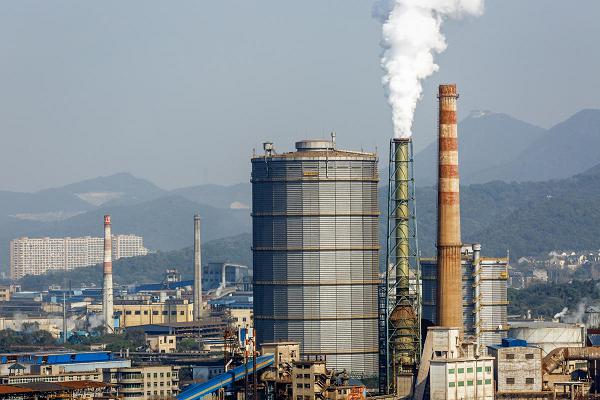
Varieties
All that moves and emits gases are mobile sources of emissions:
- executive chef's car and a bus for staff delivery;
- truck for transportation of goods;
- boats and yachts, ships (except for sailing);
- aircraft;
- water or oil well drilling rigs;
- construction equipment.
Stationary sources of emissions are things that cannot be moved: boiler tubes and ventilation shafts, open-air garages, areas for handling bulk solids, quarries, storage tanks for storing substances.
The listed objects are classified as organized and unorganized.
Organized have a mouth through which the air spoiled by foreign inclusions is removed outside in a certain space, for example:
- boiler chimneys;
- ventilation from mechanical and carpentry workshops;
- "Breathing" windows on the roof.
In addition, organized sources can be equipped with dust and gas cleaning units such as cyclone or ZIL. These designs will allow, for example, to capture solid emissions from an abrasive and metal-cutting machine and collect them in a special chamber.
Unorganized sources are, firstly, industrial territories as a whole. Secondly, and further, these are bulk sites, places for loading and unloading bulk ingredients, landfills, quarries with and without blasting.
For example, an enterprise placed equipment on 26 hectares of land. Environmentalists have counted all the pipes and aero-lamps, embankments on the territory. Defined dispersion zones for counted points and sites. But, in general, the company's site is considered an unorganized source.
Examples of unorganized sources:
- dumps of the Karabash smelter;
- quarries of the former Ufaleysk Nickel Plant;
- talc plant in Miass, where powder is poured from all the cracks into nearby private courtyards and gardens;
- planned for the launch of Chelyabinsk GOK;
- any landfill for household waste near any settlement.
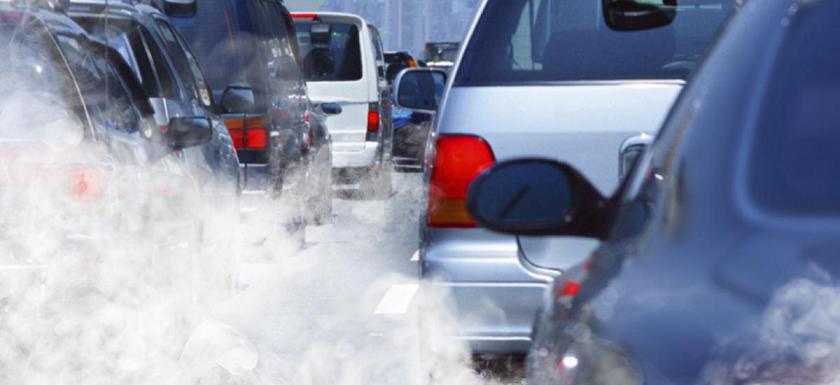
Counting and supervision
An inventory is called to help draw up a map of hazardous exhaust points in the controlled territory. The statement is compiled once a year. For each problem point, the height and size of the mouth, the configuration of the exhaust structure, the operating parameters of the ventilation units, the dimensions of the open areas, the technological work performed at the points, the composition of the processed raw materials and the resulting discharge are recorded.
Accounting for stationary sources of emissions allows you to calculate payments.
In the environmental science of nature pollution by industrialists, three source definitions are considered:
- pollution - a technological process;
- allocation of hazardous components - machine, galvanic bath, boiler room boiler;
- emissions - a pipe or ventilation shaft, a breathing window on the roof of a building, a dump of bulk material, a quarry.
For example, a wood processing workshop is a source of pollution.
Grinding and abrasive machines, a spray booth located in the workshop area, and a boiler room that heats production rooms and cabins are sources of emissions.
Pipes of cyclones and a boiler room, a container with accumulated wood dust and chips; spray booths are emission sources. It is for them that the permissible amount of polluted pollution is planned.
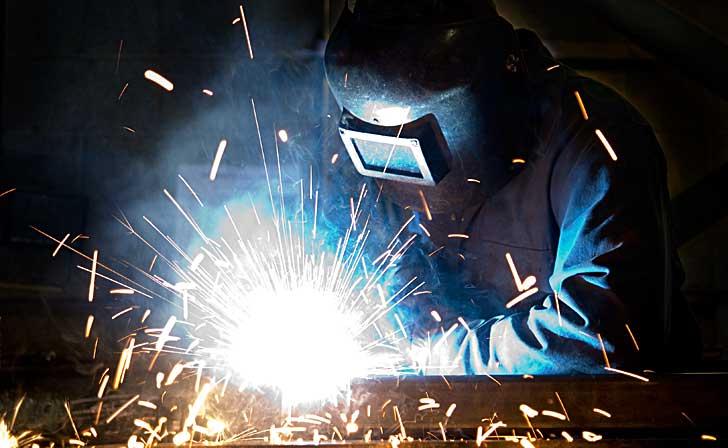
Planning
Stationary sources of atmospheric emissions, together with the other emitters, are reflected in the draft MPE - maximum permissible emissions of harmful substances into the atmosphere. The project contains the results of the inventory, the calculations of the mass of emitted components are instantaneous, measured in grams per second, and cumulative - tons per year. In addition, a dispersion zone is calculated for high emission sources. It is important that the sprayed components do not go beyond the design perimeter and do not affect residential areas.
The enterprises are faced with the task of maintaining the productivity of production facilities and at the same time reducing dirty emissions.
Emissions
Stationary emission sources are an ongoing monitoring item by environmentalists. The forces of industrial orderlies take samples of air, measure the technical parameters of dust collectors - the speed of the air flow, the efficiency of capture of pollutants. The results of measurements and conclusions of employees of the industrial laboratory allow us to assess the degree of cleaning and, accordingly, the degree of negative impact of each work area.
The volume of emissions by stationary sources is calculated on the basis of information on the fan performance and the results of measurements of two points - at the beginning of the ventilation duct and at a height of two meters from the storage hopper. The calculation made is compared with legislative standards and the issued emission permit. If more than the permitted amount of ingredients has flown into the atmosphere, the company makes increased payments to the budget.
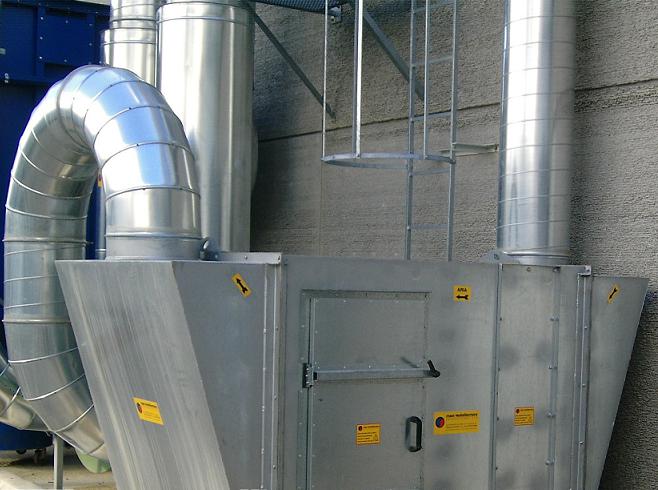
What harm could be?
To determine what exactly flies into the atmosphere, it is necessary to carefully study the technological process, the composition of the substances formed.
For example, a gas boiler room. From the pipe comes a barely visible smoke. Not as scary as with a coal or fuel oil system.
When natural gas is burned, carbon monoxide and nitrogen dioxide are formed, a substance of the second hazard class.
Another example of a stationary source of harmful emissions is a galvanic bath. Here, and spray, and a pair of chemical components. Such substances are distinguished: nitrogen oxide and hydrogen fluoride, chromium oxide, sulfuric acid, much more, depending on the material being processed. These substances are dangerous for breathing. Therefore, galvanic shops are equipped with PVV systems - supply and exhaust ventilation. Air is driven through the duct at such a speed as to completely remove the harm.
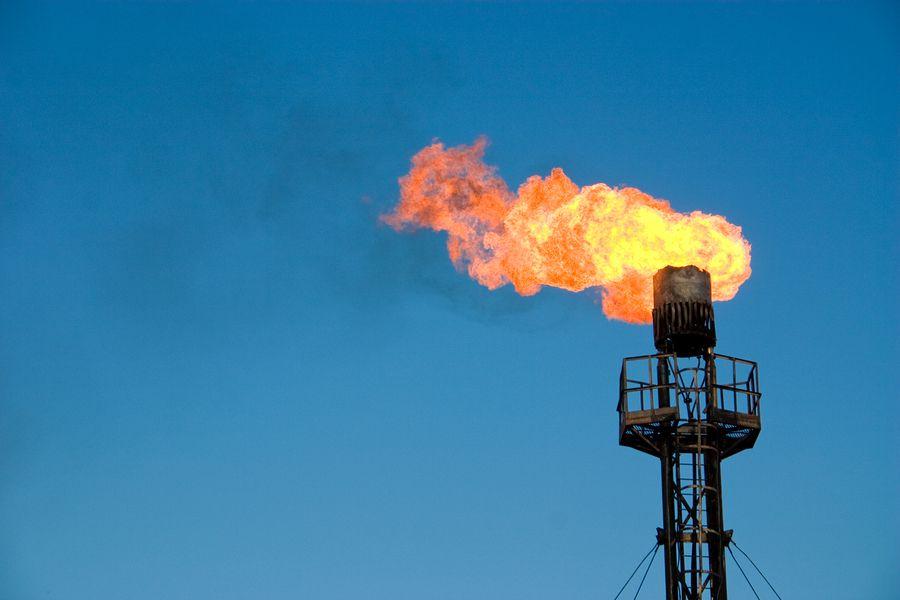
How to prevent?
Based on the results of the inventory of emission sources, the volumes of pollutants released into the atmosphere are determined. These volumes do not always coincide with the volumes of allocation in the technological operation. The fact is that stationary sources of emissions of harmful pollutants are equipped with catchers.
Consider an abrasive grinding machine. In the process, abrasive chips and oxides of the processed metal are formed. If you do not take protective measures, then it will be difficult for the worker to breathe, dust will fly apart at the production room. Therefore, the machine is equipped with a ventilation duct, which goes to the cyclone type TsN-15. Before sharpening, turn on the fan above the machine. Gas with impurities will be sucked out of the working area. Passing through the cyclone, the solid ingredients will settle in a special hopper with a filter, and the purified air will fly into the pipe.
The level of cleaning in dust collecting equipment reaches 96%. This is a valid value for assigning an emission limit weight. If the percentage is lower, then the equipment requires preventive maintenance. The technological regulation necessarily provides for the regular emptying of the chamber and the disposal of the generated waste to the landfill.
Another example: a woodworking industry, where there is a sawmill, planers and grinders. Here not only large - lumpy waste of natural wood is formed, but also wood dust shavings. To maintain air quality in the working space, the machine park is equipped with exhaust pipes working for suction. Chips and fine particles pass through the cyclone and are deposited in the storage hopper. As they are filled, the chips are removed and used according to the method permitted for the given waste: they are used in construction work, sold to gardeners or simply taken to a landfill.
Regarding the transfer to the gardens: the processors of wooden raw materials should organize the ventilation system so that the sawdust of natural wood and glued chipboard waste are not mixed. Machines for operations with various types of raw materials must have access to different cyclones.
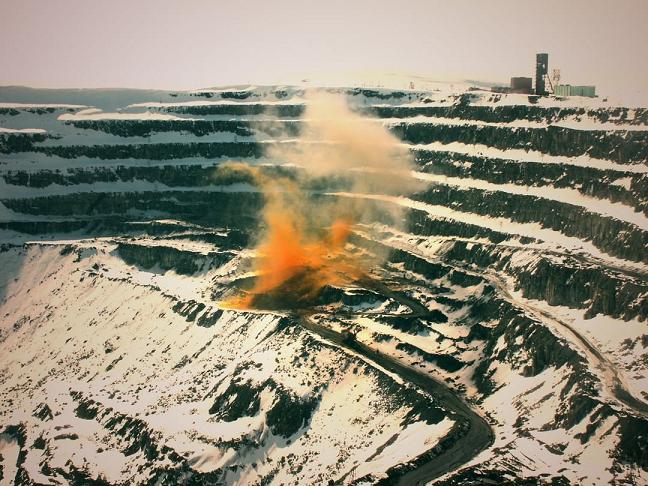
Bad weather
When developing a draft MPE, they evaluate how a stationary source of atmospheric emissions will behave when weather changes.
If wind and precipitation do not allow dispersing the exhaust without harm to humans, then this weather is called "adverse weather conditions" or NMU.
In calm air, smoke and other exhausts are poorly dispersed.
Plant designers take into account the wind rose to secure the living area. But sometimes the wind can take an undesirable direction, and the exhaust will be in the housing estate.
These are the vagaries of the weather - calm, a change of direction, a hurricane - these are all adverse conditions.
To minimize the negative impact, company owners are obliged to plan, finance and carry out technical work: install filters and traps. So that sawdust does not fly into the eyes, so that the sand from the accumulation sites does not creak on the teeth, so that smoke and exhaust poison the citizens.

Summary of the discussion
Stationary emission sources are:
- pipes of melting furnaces and thermal boiler rooms;
- ventilation shafts from equipment;
- aerial lights on the roofs;
- bulk sites;
- careers.
Emissions from the listed real estate are subject to accounting and regulation. Allocation sources must be equipped with efficient cleaning systems. Each production area is assigned a sanitary protection zone (SPZ), in which the company has the right to distribute emissions within the limits of permissible concentrations.
At four points along the perimeter of the SPZ, specialists from specialized laboratories take air samples in test tubes to measure parameters - what and how many ingredients are contained in the test volume. Companies operating equipment with emissions of harmful substances are required to monitor the compliance of the actual quality of the air mixture with the planned indicators.
